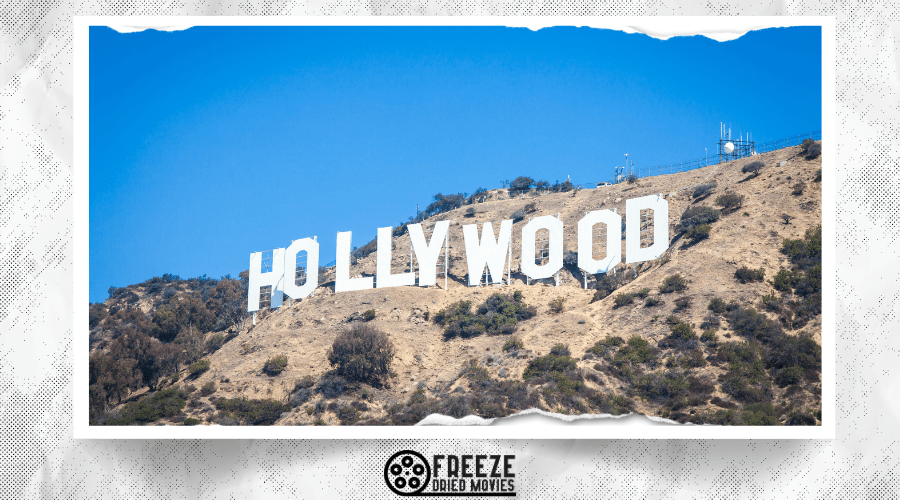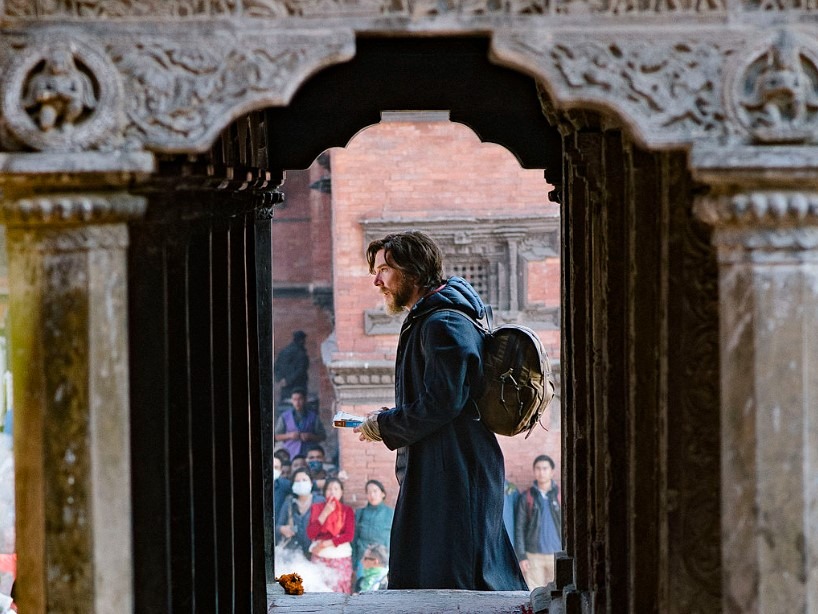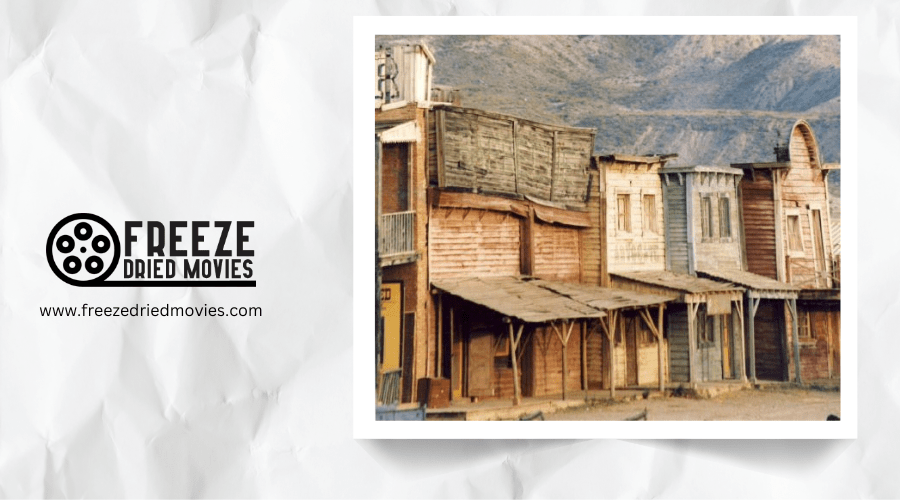Alternate Endings: Exploring International Cuts of Western Classics

Have you ever watched a Hollywood film in another country and noticed something different? The ending you saw in Tokyo might not match what viewers experienced in Toronto or Tehran. Western blockbusters often undergo significant transformations as they cross borders, with scenes cut, endings altered, and dialogue modified to satisfy local censors or cultural sensibilities. These international variations aren't just curiosities—they reveal the complex negotiations between artistic vision, commercial interests, and cultural politics that shape your global viewing experience.
The Cultural Politics Behind Hollywood's Global Edits
Three powerful forces shape how Hollywood films transform when crossing international borders: cultural sensibilities, government censorship, and commercial imperatives. When you watch a film's alternative ending in Tokyo versus New York, you're experiencing the complex negotiation between a director's artistic vision and cultural adaptation strategies.
These different versions aren't merely technical variations—they reflect power dynamics in global entertainment markets. Studios modify storylines to navigate political sensitivities while maximizing profits, sometimes creating dramatically different conclusions.
Films like "Blade Runner" and "I Am Legend" demonstrate how a story's meaning shifts based on cultural context. As you compare these international edits, you'll discover how Western classics become cultural artifacts that reveal as much about the viewing audience as the filmmakers themselves. Similarly, Oscar-winning war films like Saving Private Ryan underscore their cultural significance by resonating with audiences on deep emotional levels across different nations.

How Foreign Censorship Shapes Western Narratives Abroad
When Western films venture into countries with strict content regulations, they often undergo substantial narrative surgery that can fundamentally alter their themes and messaging. You'll find that movies like "Seven" and "Fight Club" exist in different versions across global markets, with censorship boards demanding changes to violence, sexuality, and political content.
In China, you'll encounter films with two endings - one where justice prevails according to local moral standards, and the original Western conclusion. Marvel's "Doctor Strange" removed Tibetan references entirely, while "Bohemian Rhapsody" eliminated homosexual content for certain Middle Eastern releases. These alterations don't just trim offensive material; they reshape entire narratives to fit cultural norms.
The result? You might watch what seems like the same film as someone abroad, yet experience fundamentally different stories and messages. Similar to how unplanned sequels often suffer from forced ideas and lack of careful thought, these international edits can diminish the original artistic vision.
From Happy to Tragic: Regional Preferences in Storytelling
Beyond content censorship, the very structure and resolution of Western storytelling faces transformation when crossing cultural boundaries. You'll find that what satisfies audiences varies dramatically between regions, particularly with endings.
While American theaters often showcase the optimistic alternate endings of films like "I Am Legend," international audiences frequently experience the original ending with its darker, more nuanced conclusion. This pattern repeats across media—"The Descent" received completely different finales in the US versus UK releases.
Even literary classics aren't immune. Dickens revised "Great Expectations" to please readers, while Hemingway's "A Farewell to Arms" explored multiple conclusions. These variations reveal how deeply cultural preferences shape narrative resolution, with some markets embracing commercial appeal while others prize artistic integrity and tragic authenticity.
This preference for darker conclusions is exemplified by the original 1975 The Stepford Wives which maintains its bleak ending to strengthen its social commentary on gender roles.
When Directors and Studios Battle Over International Cuts
Countless high-profile clashes have erupted between visionary filmmakers and profit-focused studios over international edits of their work. You'll find directors like Ridley Scott battling executives who demanded happier endings for overseas markets, fundamentally altering the version of the film audiences experience.
When studios modify movies for international distribution, they often cite cultural sensitivities or market research, but directors argue these changes compromise artistic integrity. The original "Blade Runner" famously received a studio-mandated upbeat ending for American theaters against Scott's wishes, while international audiences saw a darker cut.
You're witnessing an ongoing tension between art and commerce when filmmakers discover their carefully crafted conclusions have been replaced with alternate endings tailored to what executives believe will maximize profits in specific regions.
The Digital Era's Impact on Film Ending Standardization
The digital revolution has fundamentally transformed how audiences worldwide experience film endings. You'll find that streaming platforms have largely standardized movie versions across borders, making alternate endings increasingly rare.
Where once you might've seen different conclusions to films like "Once Upon a Time in America" depending on your location, today's digital distribution typically favors a single, definitive cut.
This standardization means you're more likely to experience a director's preferred vision rather than a studio-modified version. Curious viewers can still access historical variants through special features and director's cuts, but the days when you might accidentally discover an unfamiliar first ending while traveling abroad are fading.
The democratization of film through digital channels has, ironically, reduced the regional variations that once made international cinema viewing so unpredictable.
Prishank Thapa, Benedict Cumberbatch on the set of Doctor Strange, CC BY 2.0



